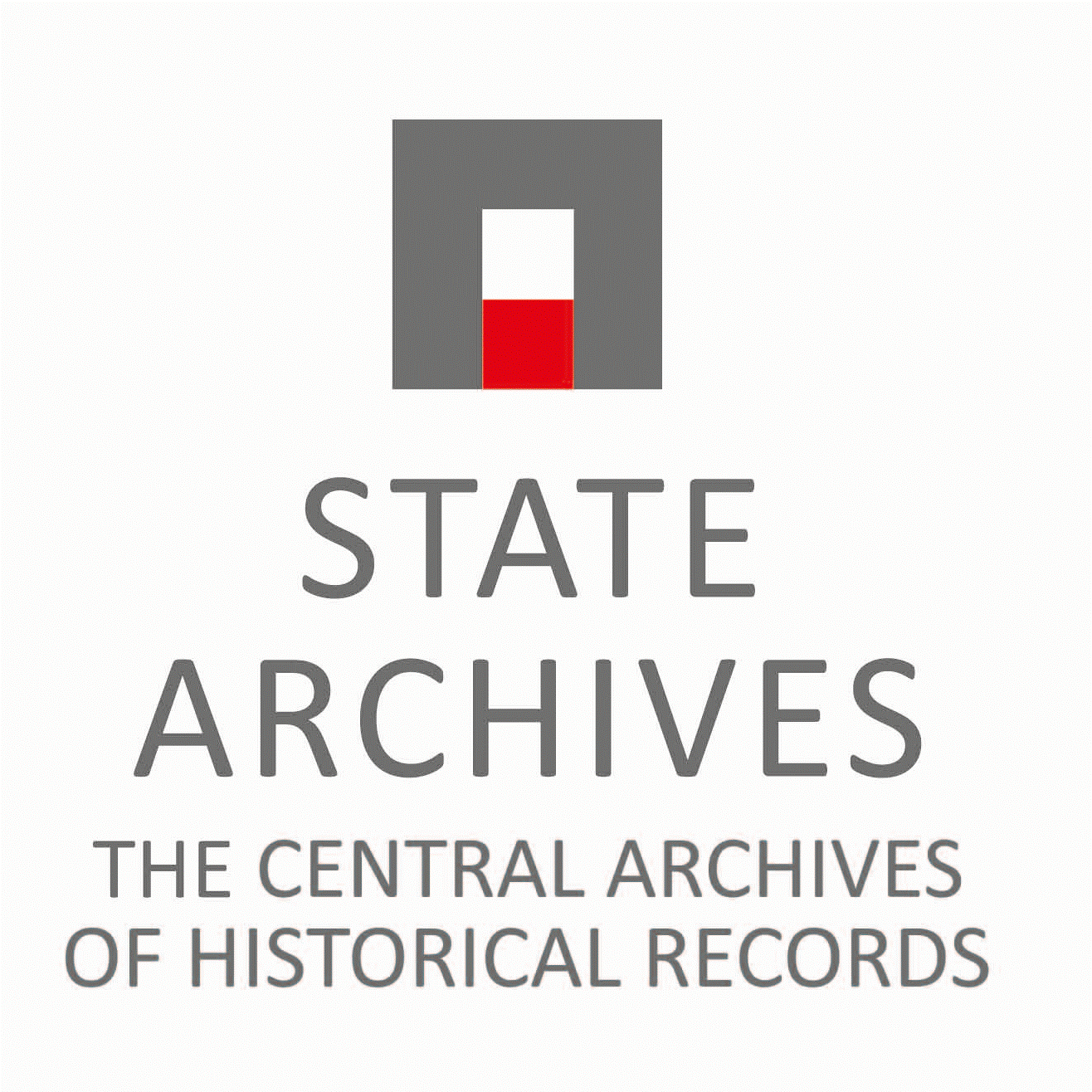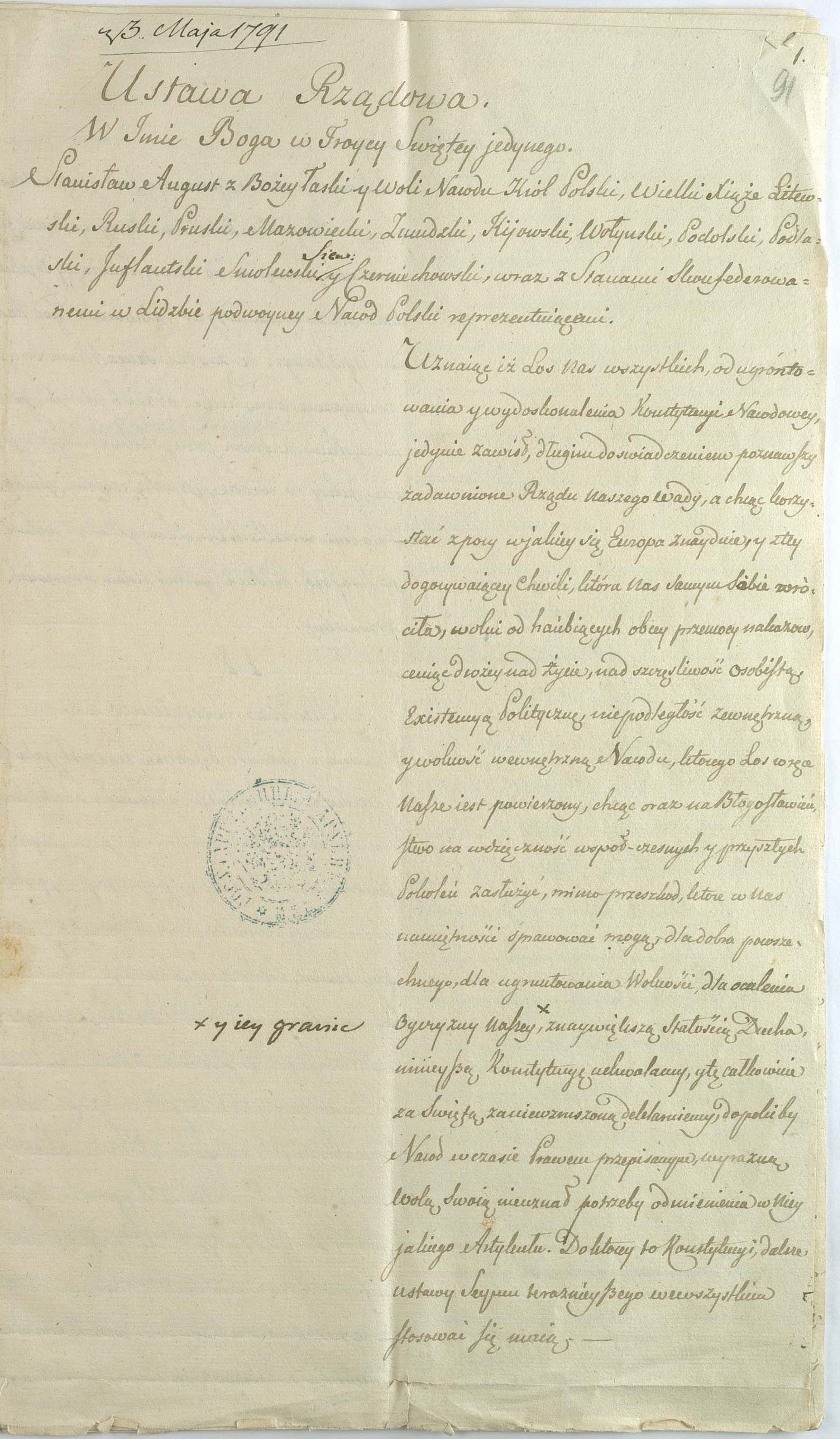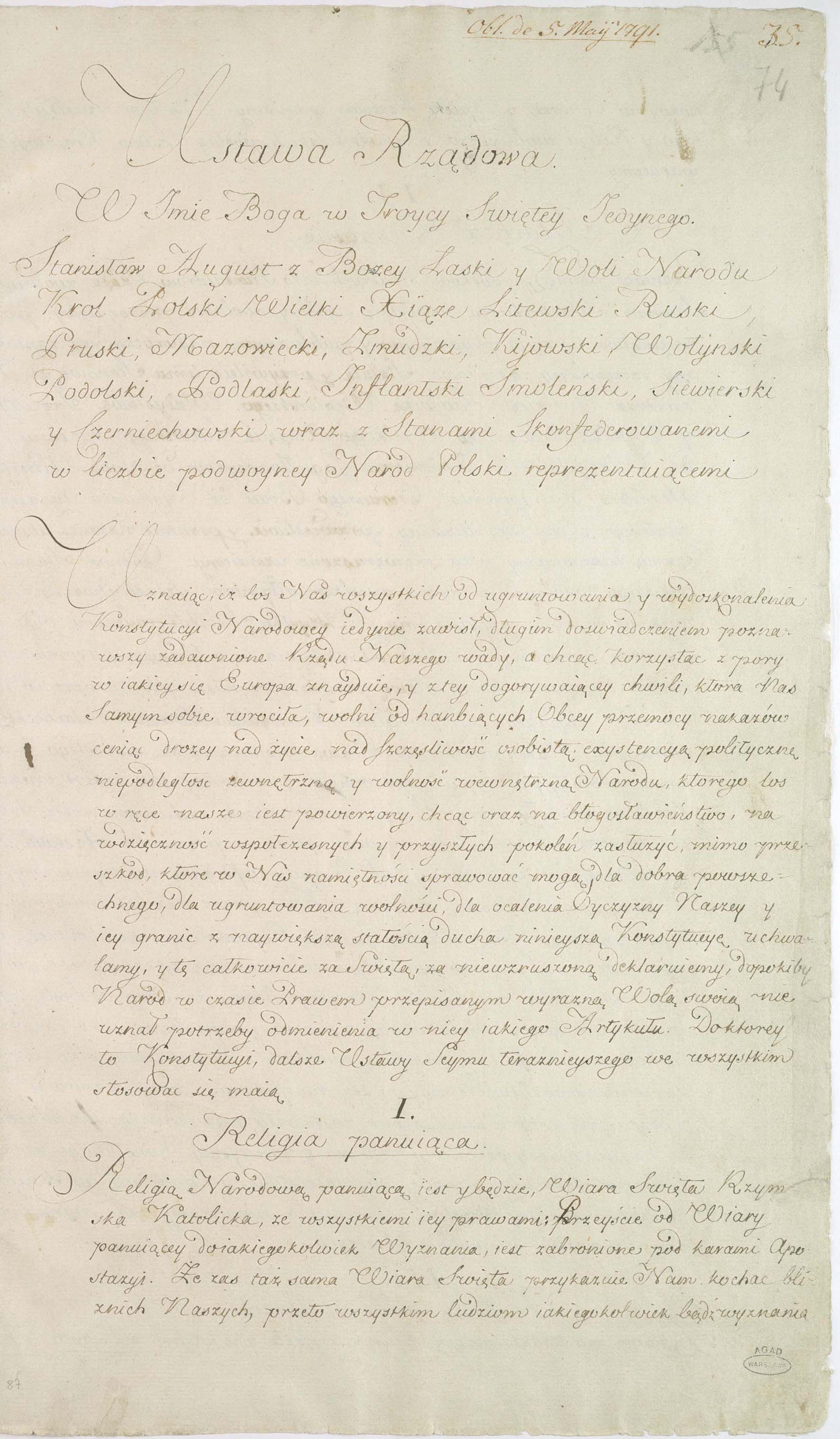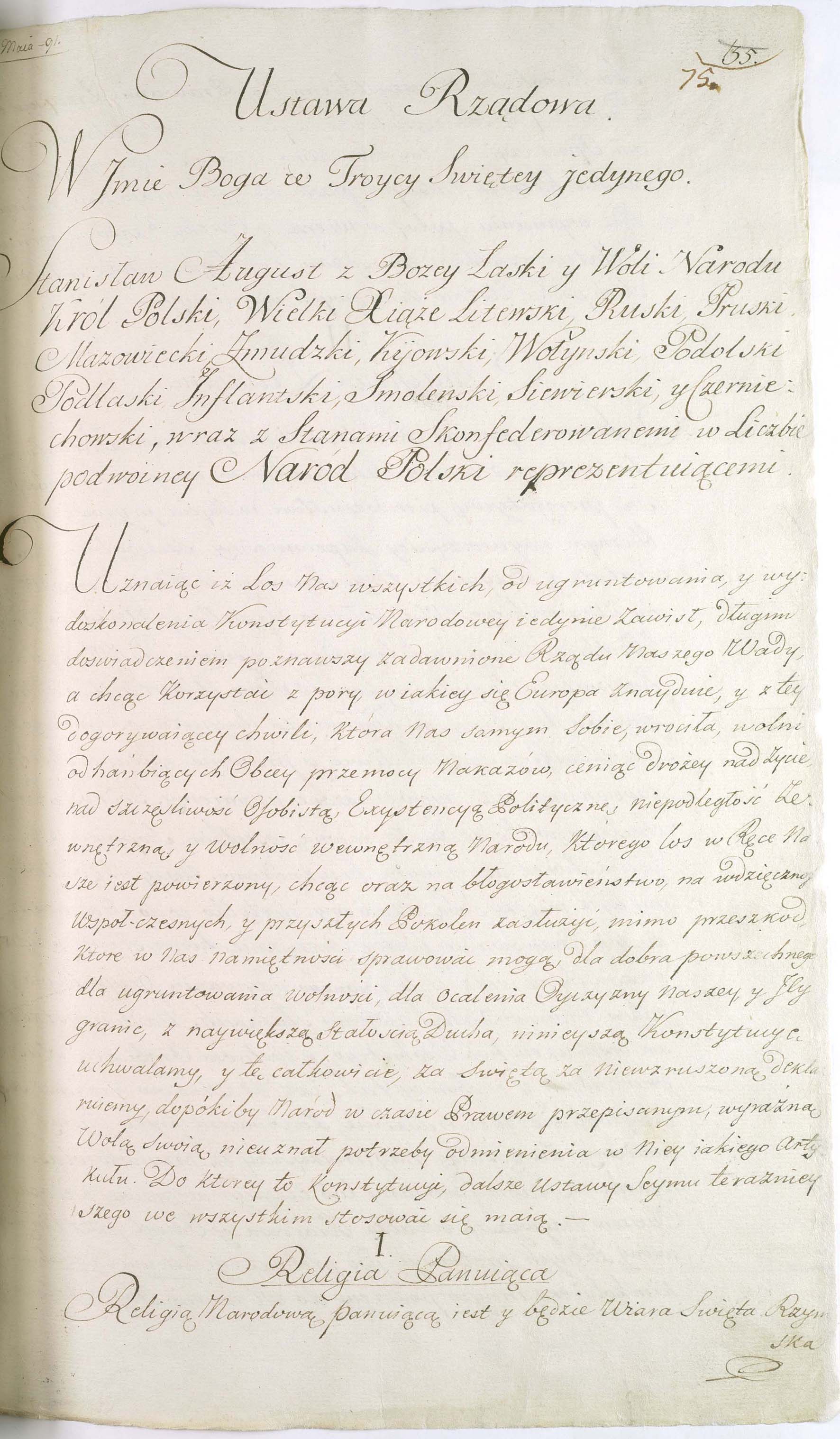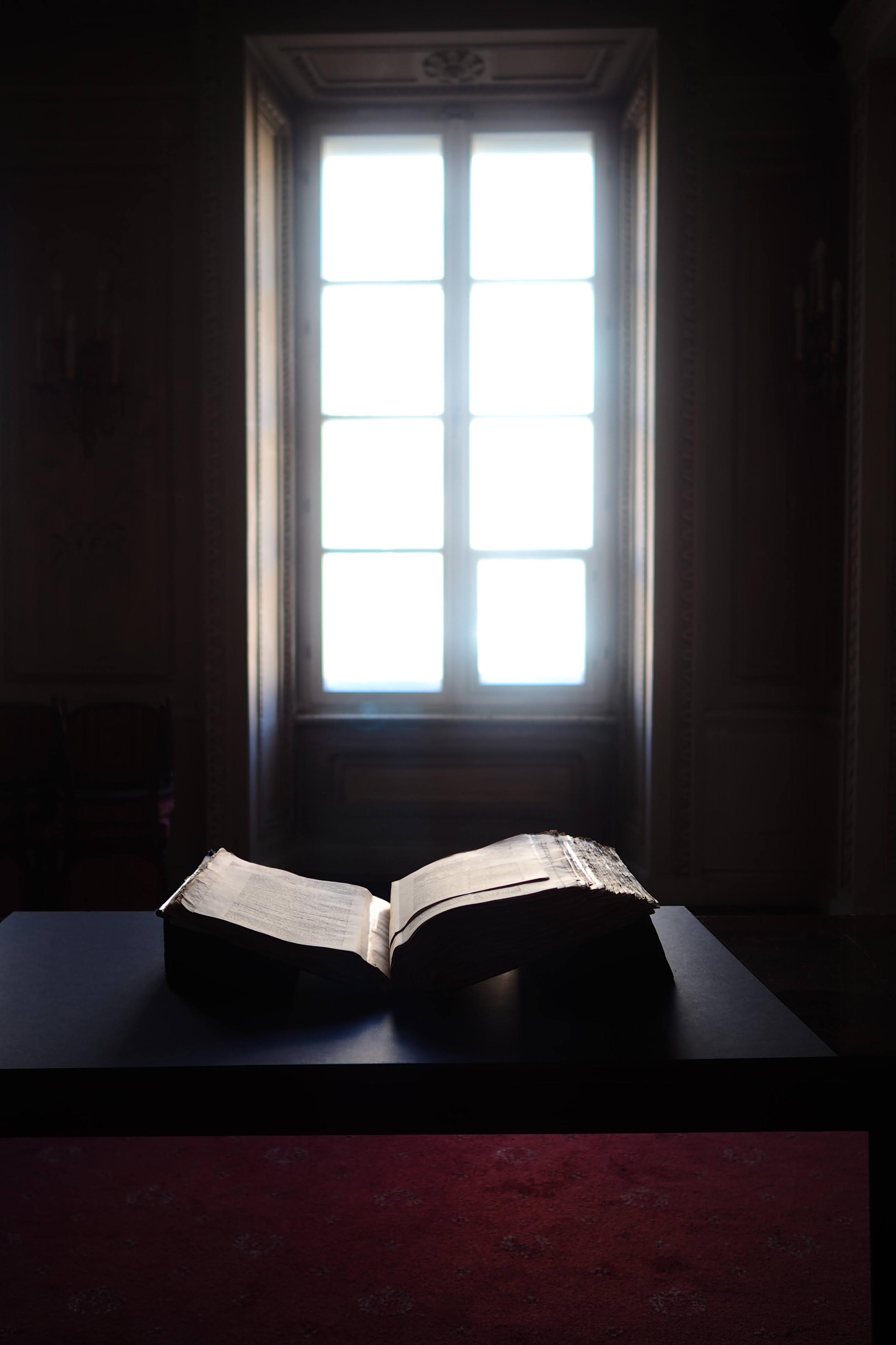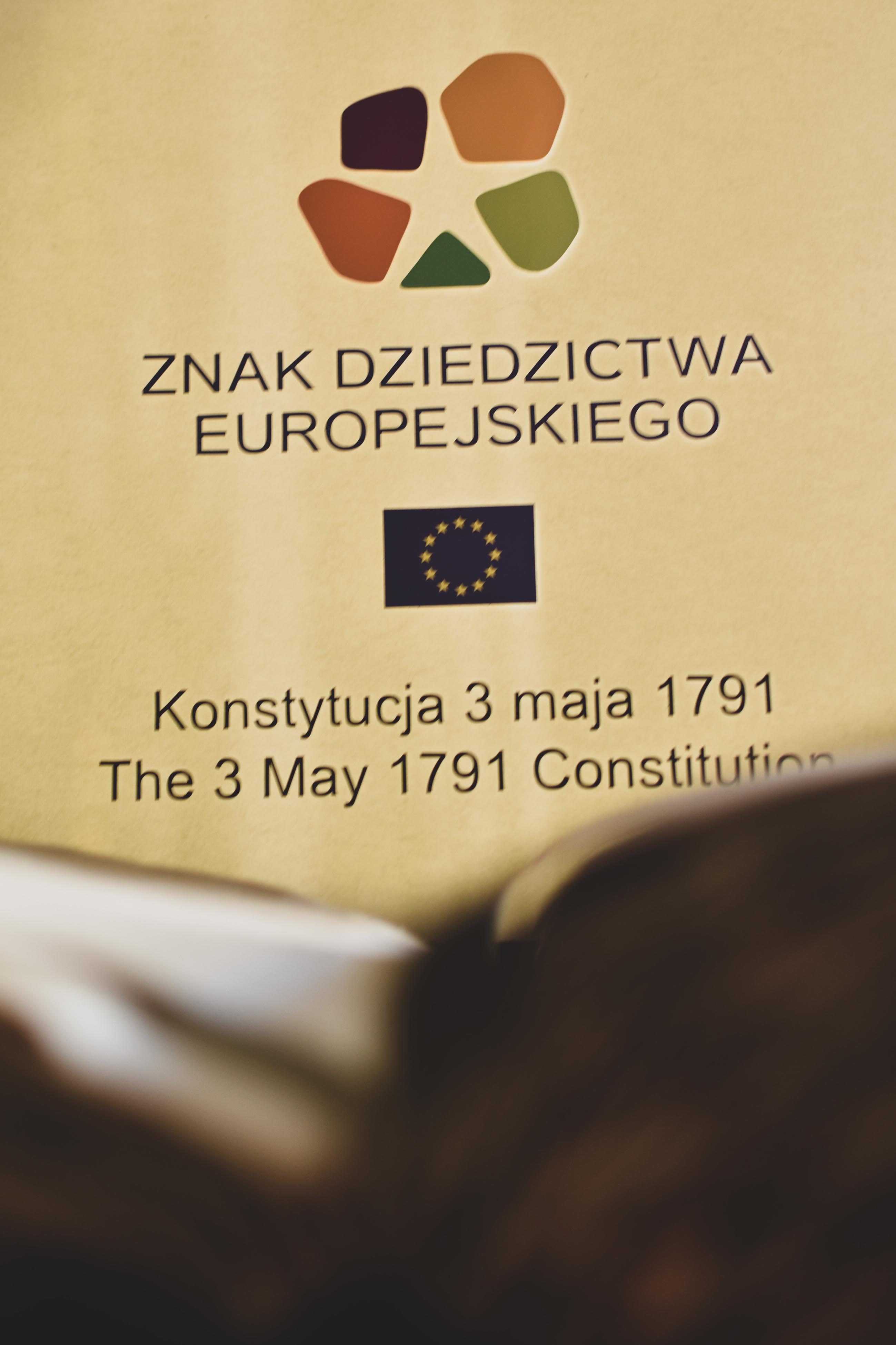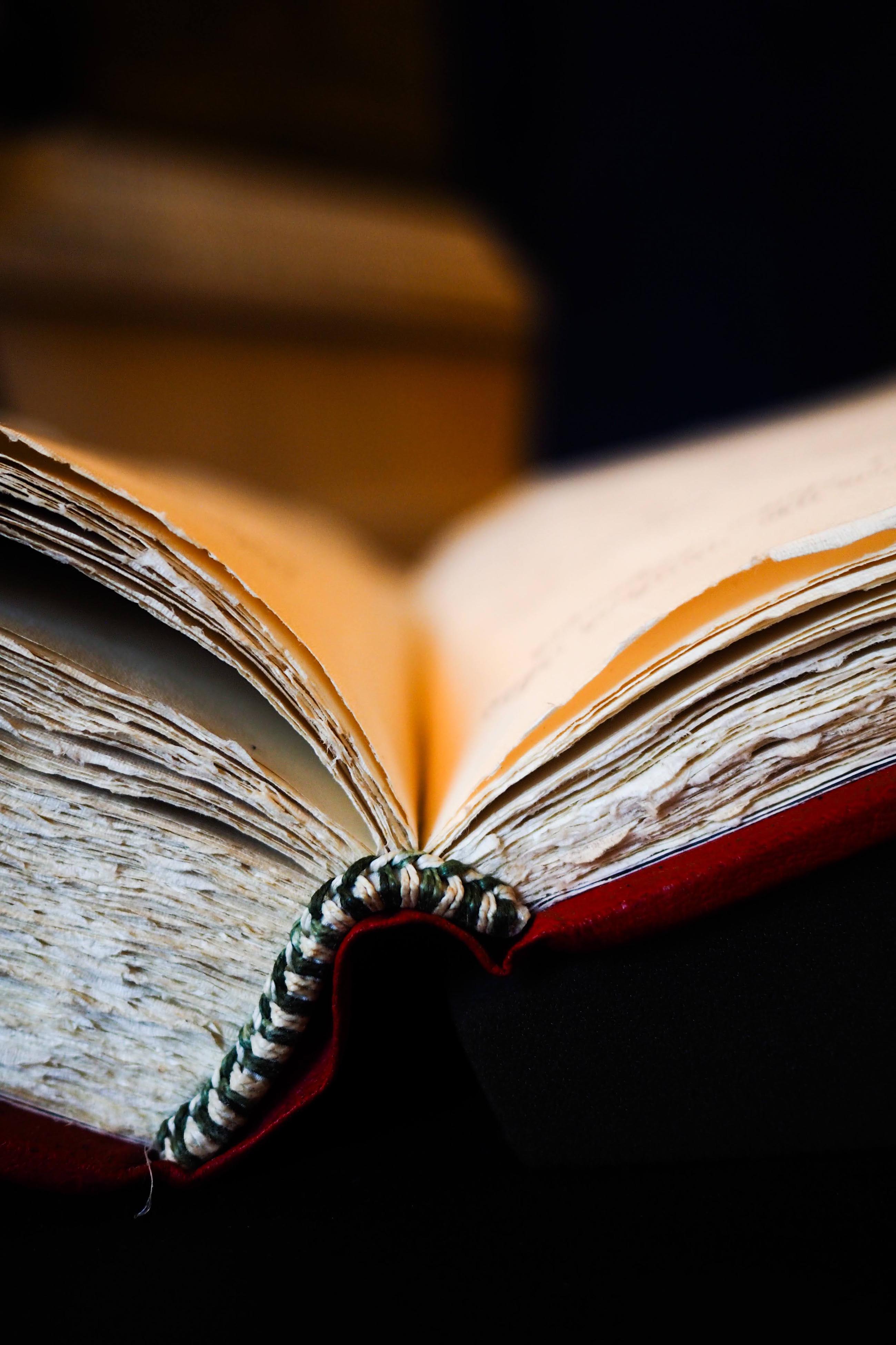“THE CONSTITUTION ACT” OF 3rd MAY 1791.
The legislative legacy of the Polish Assembly or Parliament (Sejm) which sat between 1788 and 1792, usually called “the Four-Year Sejm” or “The Great Sejm”, saw the passing of 489 separate constitutional acts. However, only one of them managed to gain immortality and, in the 19th century, when the country was partitioned, became a reference point and source of inspiration. After Poland regained independence, the day on which the act was passed became the Polish National Day. We are of course talking about the “Constitution Act” passed on 3rd May 1791, commonly known as the “Constitution of 3rd May”. The Central Archives of Historical Records (AGAD) is particularly well placed to popularise knowledge about the Constitution of 3rd May and the times during which it was passed, as it holds a great many precious documents about the Constitution, including handwritten originals copies of the text. The goal of this exhibition is to present selected documents that will illustrate the path that led, after more than two years of deliberations, to the passing of the first democratically-ratified, modern constitution in Europe, as well as its fate. The documents are taken from files and archive collections which include materials from the times of the Four-Year Sejm. These are the Archive of the Four-Year Sejm – material from the office that was working during the sessions of the Sejm that served the senators and deputies – as well as the Potocki Public Archive, which contains many pieces pertaining to Ignacy Potocki, one of the most important authors of the Constitution.
Handwritten originals
Three handwritten originals of the Constitution of 3rd May are currently held by the Central Archives of Historical Records in three different archive collections. All three have very different histories, but all have one thing in common; they all found their way to the Central Archives of Historical Records and are still held there today. The most important one, beyond any doubt, is located in the 7th Department of the so-called Lithuanian Metrica, in book no. 4 which is the second part of all the constitutional acts ratified by the Sejm. In the final years of the former Polish Commonwealth, it was in the possession of the highest governing echelons and, after the collapse of the Kościuszko Uprising it was taken to Russia from whence it returned only after the Treaty of Riga (1921). The second copy found its way into the hands of one of the participants of the Sejm - Stanisław Kostka Potocki and was put into his Wilanów collection. It remained there until the collection was nationalised after World War II as a result of agricultural reform. It is held in the second volume of manuscript no. 100 of the Potocki Public Archive, which is also a collection of the constitution acts from the Great Sejm. The third copy, which is actually the first one of the three, is the least known. It was preserved inside volume XX of the Archive of the Four-Year Sejm and, in contrast to the other two, bears only the signatures of the Sejm’s marshals as well as a few editorial corrections. Indeed, it was from this copy that the secretary of the Four-Year Sejm, Antoni Siarczyński read out the text of the Constitution Act during the sitting.
